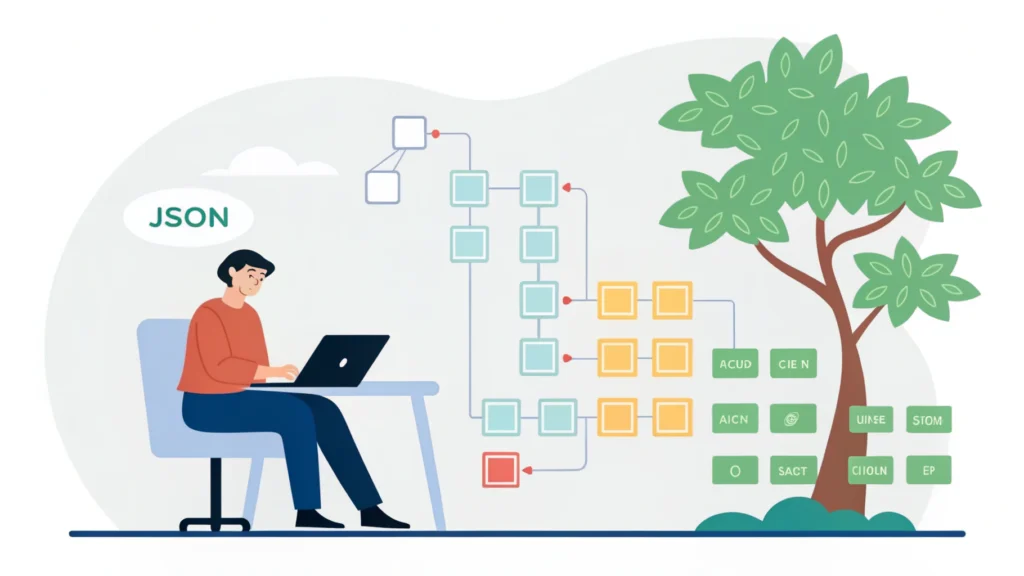Introduction to Web App Development
Web application development is a multifaceted process that involves designing, building, and maintaining applications that run on web browsers. Unlike traditional desktop applications, web apps are accessible from any device with an internet connection, making them essential for modern businesses.
Key Steps in Web App Development
- Define Your Goals
- Choose the Right Technology Stack
- Frontend: HTML, CSS, JavaScript
- Backend: Node.js, Python, Ruby
- Database: MySQL, MongoDB
- Design the User Interface
- Implement Functionality
- Testing
- Unit Testing
- Integration Testing
- User Acceptance Testing
- Deployment
- Maintenance
Establish what you want to achieve with your web app. Consider your target audience and their needs.
Your technology stack determines the tools and frameworks you’ll use. Common stacks include:
The user interface (UI) is crucial for user engagement. Use a tool like the Button Generator to create visually appealing buttons for your app.
Start coding the frontend and backend features of your web app. Ensure proper integration of APIs for dynamic data retrieval.
Testing is vital to identify bugs and improve user experience. Conduct various tests, including:
Once tested, deploy your web app using cloud services like AWS, Google Cloud, or Heroku.
Regular updates and maintenance are necessary to keep your app secure and functional.
Choosing the Right Tools for Development
Utilizing the right tools can significantly enhance your web app development process. Here are some essential tools:
- CSS Minifier: Compress your CSS files to improve load times.
- JS Minifier: Minify your JavaScript code for better performance.
- HTML Minifier: Optimize your HTML files for faster rendering.
- JSON Formatter: Easily format and beautify your JSON data.
Example Code Snippet
Here’s a simple example demonstrating a basic web app using HTML, CSS, and JavaScript:
<!DOCTYPE html>
<html lang="en">
<head>
<meta charset="UTF-8">
<meta name="viewport" content="width=device-width, initial-scale=1.0">
<title>My Web App</title>
<link rel="stylesheet" href="styles.css">
</head>
<body>
<h1>Welcome to My Web App</h1>
<button onclick="showMessage()">Click Me</button>
<script>
function showMessage() {
alert('Hello, World!');
}
</script>
</body>
</html>FAQs about Web App Development
What is the difference between web apps and websites?
Web apps are interactive and perform specific functions for users, while websites are primarily informational.
Which programming languages are best for web app development?
Common languages include JavaScript for the frontend and Node.js, Python, or Ruby for the backend.
How do I ensure my web app is secure?
Implement security best practices such as data encryption, secure authentication, and regular updates.
Conclusion
Web app development is an exciting and rewarding endeavor. By following the steps outlined above and leveraging essential tools, you can create functional, user-friendly web applications that meet the needs of your audience. For more tools and resources, check out WebToolsLab (All Tools).
